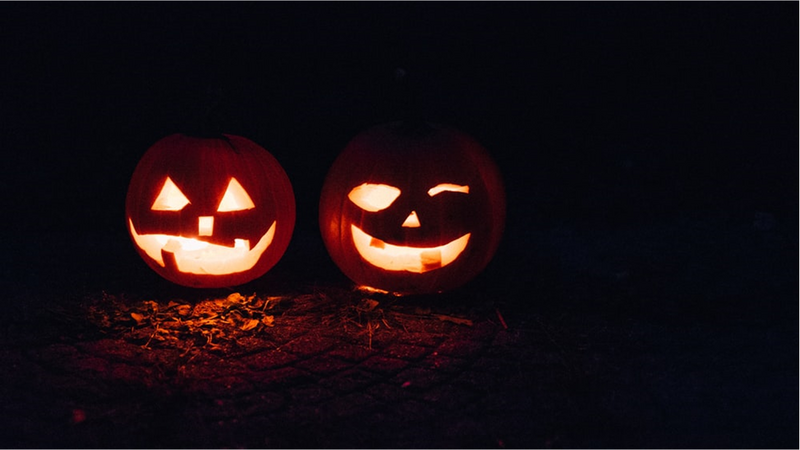
Halloween is almost here! It's one of my most beloved holidays and America's third favorite. For those that celebrate and take part in Halloween traditions, here are some things to consider for an inclusive holiday.
1. Costumes
It goes without saying that costumes are central to Halloween. There's something magical and mysterious about getting in costume. It's important to consider if your costume is sending an unintended message or perpetuating ableism.
The consensus is to do away with costumes that portray or stigmatize people with disabilities. To be clear, there's nothing wrong with making your disability or assistive devices a part of your costume. The trouble comes when non-disabled people adorn costumes that include canes, eye-patches, walkers, straight-jackets and the like.
The idea is that Halloween costumes fall into three basic categories: idolizing, scary and funny. Assuming that people don't dress up as a "mental patient" in a straight-jacket because they idolize them, the underlying message is that mental illness is either scary or funny. Of course we know, mental illness is neither. This type of costume also adds to the stigma that people with mental illnesses are frightening and dangerous.
Dressing up as someone with an obvious disability also causes problems. People might be careless around those legitimately using assistive devices because they are under the assumption that it's a costume. A costume with a mobility devise as a prop, for example, makes light of the experience of a real disabled person and exploits them for entertainment.
2. Decorations
- Limit the use of fog machines, strobe lights and sounds effects as these may be overwhelming to people with sensory disabilities. Strobe lights are also well known to trigger seizures in people with photosensitive epilepsy.
- Make sure the place you give out treats is well-lit. This can help people with low vision as well as those with anxiety disorders.
- Embrace the spirit of Halloween but try not to use jump-scares, motion-activated animatronics or anything terrifyingly realistic in areas where people are unable to opt in or out.
3. Trick-or-Treaters
- Children who are non-verbal, have high anxiety or with limited social skills may not be able to say "trick-or-treat" or "thank you."
- Children with intellectual or developmental disabilities may behave in unexpected ways, such as trying to walk into your house, walking away mid-sentence or talking about something unrelated to Halloween.
- Some children may have unusual or less obvious costumes due to different sensory needs.
- Avoid wearing scary costumes and masks while handing out treats. It will benefit children with speech processing or hearing disabilities to see your face and mouth.
- Consider the accessibility of the place you hand out goodies. For example, if there are steps up to your front door, hand out treats from the garage or other accessible location. Make sure the area is well lit. This helps people with disabilities but it also helps keep everyone safe.
- You may need to describe the available treats for children who are blind or low vision.
- Remember that Halloween can be overwhelming and scary for typical children and even more so for children with disabilities. Be sensitive to those overwhelmed, emotional or frightened.
4. Treats
Many children have food allergies and other conditions that affect their ability to eat candy or other traditional Halloween treats. This includes diabetes, swallowing and chewing issues as well as others. You can choose to hand out only non-food treats as a way to be inclusive, or you can take part in the Teal Pumpkin Project and have a non-food option available as well as your regular treat. Display a teal pumpkin outside your house to let trick-or-treaters know you have a non-food option.
Halloween is a wonderful holiday that sparks so much joy and creativity for adults and children. Being more thoughtful about how we celebrate can make a big difference to people with disabilities. Practicing inclusion not only improves holidays, it makes the world a better place.